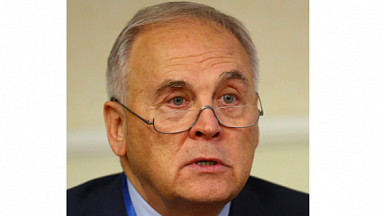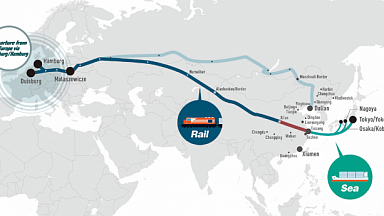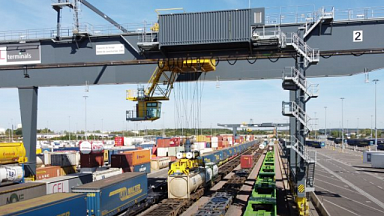Among the proposals are a revision of the EU Emissions Trading System (ETS) Directive. Emissions trading is the ‘cap-and-trade’ system that guarantees a greenhouse gas emission reduction. A ‘cap’ is set on the total amount of certain greenhouse gases that can be emitted. Within the cap, emissions allowances are then ‘traded’ among polluters as needed.
ETS to cover all transport modes
At the moment, ETS does not cover all modes of transport. For aviation, the current scope of the EU ETS covers only flights within the European Economic Area, just one third of aviation CO2 emissions. The current system offers 85 per cent of the allowances free to airlines, which also benefit from an energy tax exemption for kerosene. Road transport fuels are currently out of the scope of the ETS and are subject to fuel taxes at national level. Even on major roads, distance-based charging is only applied to trucks on about 20 per cent of the network.
The Commission is proposing to lower the overall emission cap even further and increase its annual rate of reduction. The Commission is also proposing to phase out free emission allowances for aviation and to include shipping emissions for the first time. To address the lack of emissions reductions in road transport and buildings, a separate new emissions trading system is set up for fuel distribution for road transport and buildings.
Level playing field
This is a step in the right direction, believes the CER, the Community of European Railway and Infrastructure Companies. In transport, all modes should pay for the carbon they generate – whether directly or indirectly – and without exemption.
As a major consumer of electricity, rail pays around 500 million euros per year into the European ETS and fully complies with the polluter-pays principle. Trains increasingly run on renewables, showing the sector’s commitment to sustainability but also the effectiveness of carbon pricing in influencing market behaviour. Today, four out of five trains in Europe run on electricity, with one out of three already coming from renewable sources.
Other proposals
The proposals include other measures supporting the same goal, such as increased use of renewable energy, greater energy efficiency, a faster roll-out of low emission transport modes and the infrastructure and fuels to support them, an alignment of taxation policies with the European Green Deal objectives, measures to prevent carbon leakage and tools to preserve and grow EU’s natural carbon sinks.
Today’s proposals provide a basis for implementing EU-wide carbon pricing for transport, the CER said. “Accompanied, particularly in the short term, by other policies on improving vehicle efficiency and a switch to low-carbon fuels, the Fit for 55 package will support carbon pricing’s key effects and provide a real chance of closing the GHG emission gap. This is needed all the more in the current context for a green recovery following the COVID19 pandemic.
“European railways fully support the goal to make Europe’s continent a zero emitter by 2050”, commented Alberto Mazzola, CEO of the CER. “Railways are already on the path to reduce their emission by 55 per cent by 2030 and to become a zero emitter before 2050. Modal shift will further accelerate the reduction of European emissions. The polluter pays principles will work only with a robust carbon price ap-plied to all transport modes. And revenues from carbon pricing must be allocated to further develop low-carbon transport systems and protect EU citizens from energy poverty.”
Intermodal transport
According to the UIRR, the International Union for Road-Rail Combined Transport, the role of intermodal transport is of great importance. Combined Transport already offers a proven solution today, the interest group said. ,”Market players already report 65-70 per cent CO2 emission reductions realised by shifting pure road transport chains to Combined Transport. By complementing electric rail freight and electrically powered intermodal transhipment with electric trucks on the first and last mile road legs, Zero Carbon Combined Transport can become daily routine within a decade.”
To meet the targets, Combined Transport would have to deliver a realistic 7-8 per cent yearly growth rate, the conditions to which must be created, it continued. “Like this, Combined Transport alone could produce the CO2 reduction expected from surface freight transport in Europe. Investments should be chosen, which offer results with low risk and using the least amount of taxpayer resources, from among the various options floated by the different actors looking to profit from the transition ahead of us. Zero Carbon Combined Transport has no R&D needs, as it builds on existing technologies. Thus, Combined Transport can materially facilitate carbon-neutrality by 2050.”
The Fit for 55 package was revealed on Wednesday 14 July and can be found here.
This article was co-authored by Esther Geerts.





